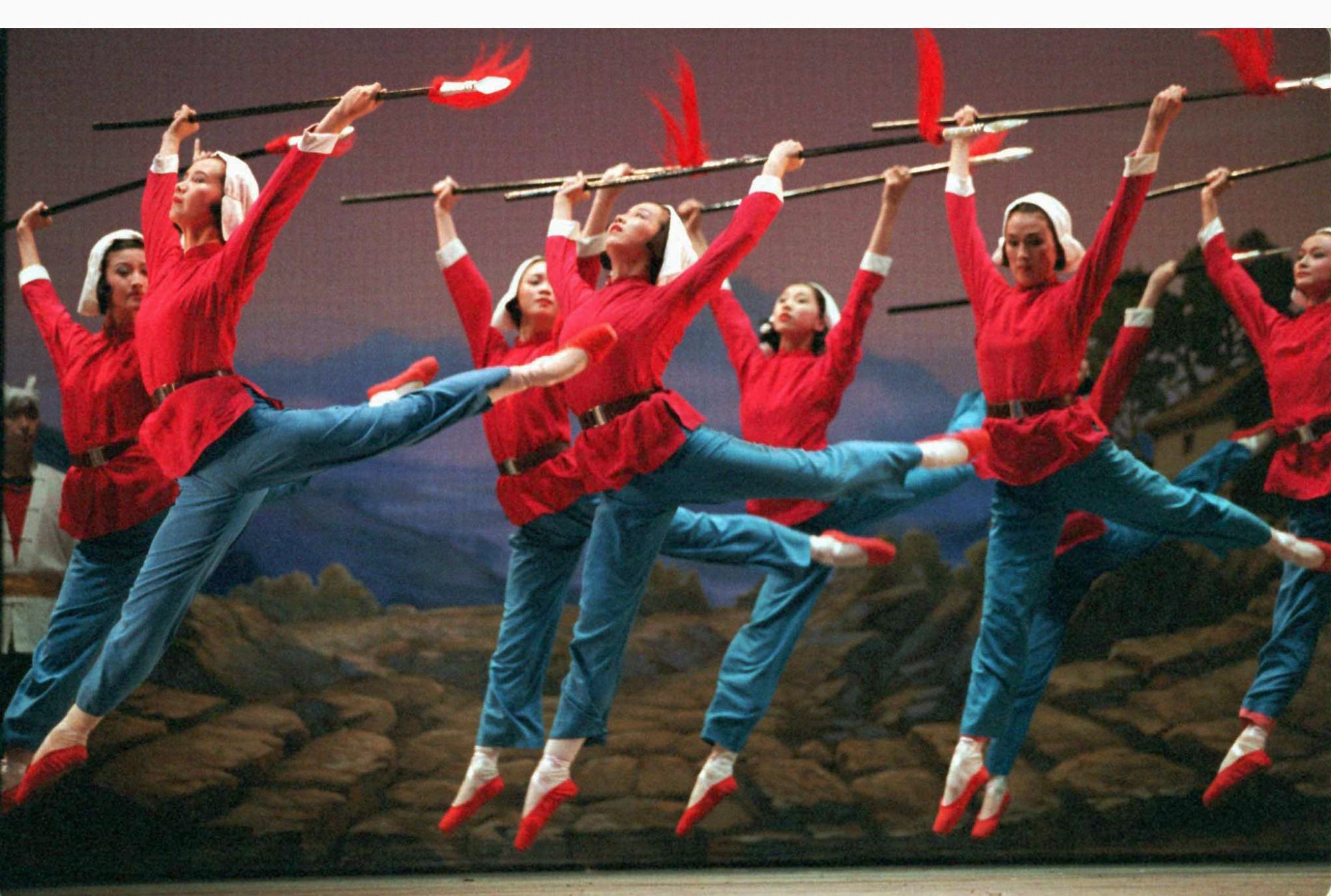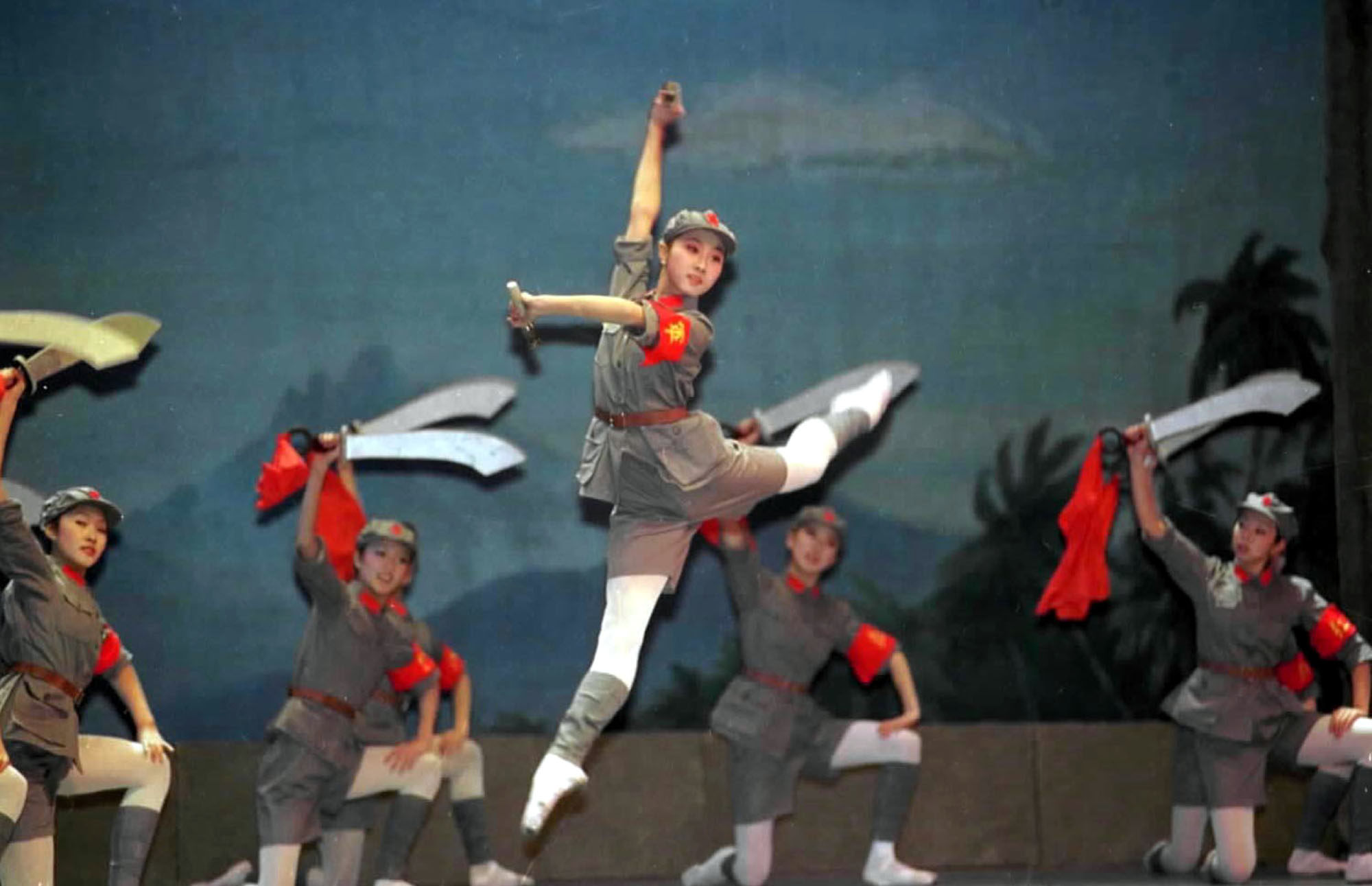
American Ballet Theatre ‘excited’ about return to China in November
- ‘For us, it’s a joyful experience,’ says artistic director Susan Jaffe, on the company’s first visit to the country since 2013
- The tour was delayed for two years by the pandemic and is taking place amid fears US-China rivalry will dilute cultural exchanges
The ABT is also the first major US arts group to perform in China’s national theatre, where arts performances from abroad have only recently resumed after the Covid-19 pandemic.
Jaffe – the company’s principal dancer for 22 years until 2002 – said the company was excited to be returning to China after a decade.
“For us, it’s a very joyful experience to bring our art form and our company to China for the people,” she said from her office in New York.
According to Jaffe, all of the ABT’s 85 dancers will join the China tour, which opens at the Shanghai Grand Theatre with five performances from 2-7 November, followed by another five shows at Beijing’s National Centre for the Performing Arts from 9-12 November.
Tide of Era: moving dance drama on China’s rise since the 1980s
Shanghai audiences will also be treated to other selections from the ABT’s repertory, in addition to Giselle.
Founded in 1939, the ABT is one of the world’s greatest dance companies, performing in more than 480 cities in 45 countries over the course of its 84 years.
The ABT made history in 1960, when it became the first American company to dance in the former Soviet Union as part of then president Dwight Eisenhower’s cultural diplomacy initiative – a response to what US diplomats called Moscow’s “gigantic propaganda offensive”.
It was not until 2000 that the company made its mainland China debut, with its landmark production of La Bayadère, choreographed by the Russian ballerina Natalia Makarova, who fled St Petersburg’s Kirov Ballet – now the Mariinsky – in 1970.
The ABT’s last appearance in China was in March 2013 at the NCPA, where the dancers were showered with applause and cheers after their performance of Swan Lake.
How White Russian ballerinas sparked a dance revolution in China
The latest tour, originally planned for November 2020, was postponed because of the pandemic. Arts organisations around the world are still struggling to recover their audiences after three years of lockdowns.
But there was also “so much gratitude” among its US audiences when the ABT returned to theatres last year, Jaffe said.
“People have developed a new love for being able to be in the theatres and to see something beautiful,” the 61-year-old former ballerina said. “We’ve experienced it all over the US, so I expect we will experience the same thing in China.”
China has its own ancient dance traditions, but ballet did not arrive in the country until 1917, brought by émigré teachers fleeing the revolution in Russia, where ballet has long been considered a crown jewel of the performing arts.

Later, with the help of Soviet ballerinas sent by Moscow, China staged its own full-length performance of Swan Lake by an all-Chinese company in 1954.
During the Cultural Revolution from 1966-1976, ballet – like the other performing arts – became an ideological tool for revolutionary works. The most famous of these, the eight “model operas”, included five operas, one symphony and two sanctioned ballets – The Red Detachment of Women and The White-Haired Girl.
Ballet also played a crucial role in China’s diplomacy during this period. In July 1972, the Shanghai Ballet Troupe made an ice-breaking tour to Japan and won over Japanese audiences with the two ballets.
Two months later, then Japanese premier Kakuei Tanaka landed in Beijing and the two sides officially established diplomatic relations.

The ABT’s November tour comes at a time when relations between Beijing and Washington are at their lowest level in decades, raising fears that cultural exchanges between the two powers will be diluted.
China, which has significantly strengthened its ties with Russia in recent years, has hosted a number of high-profile Russian performers since lifting Covid-19 travel controls early this year.
Among them were the Bolshoi Ballet and the soprano Anna Netrebko, as well as Valery Gergiev, the conductor sanctioned by the West in the wake of the invasion of Ukraine because of his close ties with Russian President Vladimir Putin.
Next month, Gergiev and the Mariinsky Orchestra will start their second China tour of the year, while the Mariinsky Ballet will take to the stage at the NCPA with three performances of Swan Lake.
Shunned in the West, Russian performers turn to China
As an art form, ballet is apolitical, according to Jaffe.
“Ballet is a universal language through movement and emotion and this art form is for everyone, and everyone in China who appreciates the arts. So for us, we believe that the arts are healing for all people and are important for all people.”
Jaffe said that no performers should be punished over the war in Ukraine. “I’m happy for the Russian performers to be able to at least go to China to perform.”
Backlash against Bolshoi, Russia’s No 1 cultural institution, over Ukraine
In China, audiences are relishing the rare opportunity to enjoy some of the world’s best ballet performances at home. Li Qi, 56, travelled from her Shanghai home to Beijing in July and bought tickets for all six of the Bolshoi’s performances at the NCPA.
For Li, the ballet marathon was an opportunity to see all of the company’s principal dancers and their different interpretations of the art.
“The first ballet performance I watched was The White-Haired Girl, when I was little and since then, as an amateur, I took every opportunity to learn the beautiful dance,” she said.

“I always immerse myself in the beautiful performances every time [I am] sitting in the theatre, and that makes me happy.”
Li still has copies of the promotional materials from the ABT’s Shanghai debut in 2000, when Jaffe was one of the principal dancers in La Bayadère.
“I missed it last time,” she said, after buying tickets for two of the ABT’s performances in Shanghai. “It’s been 23 years and I will never miss it.”

